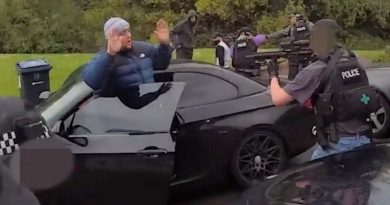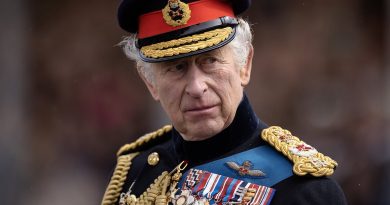How a doctor tried to surgically save the human soul — after death
More On:
medicine
Seven-year-old sells lemonade to fund her own brain surgery
Young woman with neurological disease writes book using eyes
These snakes may be the key to an effective COVID-19 vaccine
The long-term agony of the post-COVID-19 loss of smell
The monkey’s eyelids fluttered after 18 hours under anesthesia. Two medical teams stood by anxiously. Doctors, nurses and a troop of assistants held their breath, waiting for a sign that the delicate operation — actually, two delicate operations — had been a success.
Holding a pair of forceps, Cleveland brain surgeon Robert White gently tapped the animal’s nose. With a flash of apparent recognition, the monkey, a midsized primate known as a macaque, snapped his jaws as if trying to bite the doctor.
The surgical theater erupted in cheers.
White had done it: the world’s first primate head transplant. He had attached the conscious, living head of one macaque to the breathing, vital body of another, creating a single “new” animal.
“Dangerous, pugnacious and very unhappy,” White summed up his patient’s demeanor in 1970. With good reason. The formerly healthy creature was now paralyzed from the neck down and had only hours to live.
“The monkeys did not like Dr. White, and they really retained that,” Brandy Schillace, author of “Mr. Humble & Dr. Butcher” (Simon & Schuster), told The Post. It was a common factor in all five of the macabre head transplants White performed — and confirmed, for him at least, that the brain is the vessel of personality, the literal seat of the soul.
In her new book, Schillace explores White’s career as a groundbreaking surgeon and researcher who, nonetheless, never achieved his ultimate goal: performing the operation that would let a human soul, encased in its own brain, live on after its original body failed.
“It was perfume, but now it’s an empty bottle,” he said in 1967, as he cradled an isolated brain in his palm. “But the fragrance is still there.”
By then, White’s surgical experiments had already led to techniques that preserve function in injured brains and spines, giving neurosurgeons time to do their lifesaving work. The approach, known as hypothermic perfusion, is still used today on trauma patients and those in cardiac arrest.
But for 40 years, until his death in 2010, White nursed hopes of performing his monkey surgery — which he preferred to call a body transplant — on humans. By the late 1990s, he had even found a pair of potential patients: Craig Vetovitz, a quadriplegic whose failing organs limited his life span, and a brain-dead man to serve as a full-body donor.
Unfortunately for White, a love of publicity gave the gifted surgeon a whiff of quackery. A humiliating Halloween appearance on the tabloid show “Hard Copy” cast White and Vetovitz as “Dr. Frankenstein and his willing monster.”
“He was frustrated that people couldn’t get over the shock factor,” Schillace said. “If you go around taking heads off, it just upsets people.”
On the other hand, “He occasionally went out in public with the words ‘Dr. Frankenstein’ emblazoned on his medical bag,” she added. “So he had these dual personalities.”
Moreover, White was a devout Catholic and a father of 10 who developed friendships with two popes. Both Paul VI and John Paul II asked him to serve on Vatican bioethics boards that grappled with the thorny dilemmas of modern medicine — including the question of when, exactly, life ends.
“White felt that he was on God’s team,” Schillace said. “He’d say, ‘The guidance behind my hand when I operate is God’s.’ And he was very convinced, always, that he was doing the right thing.”
But he never did get a papal blessing for his scheme to prolong one person’s life by grafting their head onto the brain-dead body of another human being. Vetovitz’s surgery didn’t happen, either. White was unable to raise the $4 million needed, and his showmanship likely cost him both the funds and hospital approval.
“White felt that human life — and, for White, that meant the brain — is worth saving at almost any cost,” Schillace said. “But there’s can, and there’s should. We can, today, do a head transplant. But should we? And who decides?
“That’s the question I kept coming up against,” she said. “Because, frequently, medical technology outstrips our ability to understand its consequences.”
Share this article:
Source: Read Full Article






